 29 July 2016
New Study Shows Great Red Spot Cause of Heated Atmosphere
29 July 2016
New Study Shows Great Red Spot Cause of Heated Atmosphere
... study came from altitudes of 500 miles or so. Upon examination, the researchers found that temperatures at high altitudes on Jupiter were much higher than expected – whenever they looked at the southern hemisphere. Turbulent atmospheric flows above...
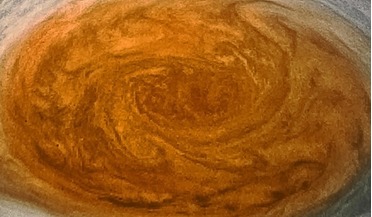 14 July 2017
Juno gets in close to The Great Red Spot
14 July 2017
Juno gets in close to The Great Red Spot
...distinguished feature earlier this week. Like Saturn’s rings, Jupiter’s Red Spot has enthralled professional astronomers and amateur ..."It is always exciting to see these new raw images of Jupiter as they arrive. But it is even more thrilling to take...
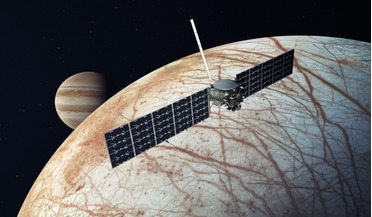 26 May 2021
Underwater volcanoes could be active on Europa
26 May 2021
Underwater volcanoes could be active on Europa
...process is caused by the massive gravitational pull exerted by Jupiter. The pushing and pulling motions the moon experiences as...Set to reach its target in 2030, the spacecraft will orbit Jupiter and perform dozens of close flybys of Europa to map the ...
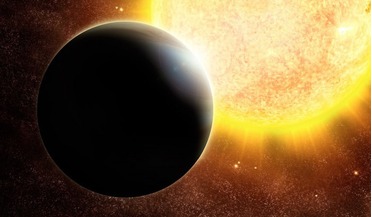 February 2016
How to Build Planets
February 2016
How to Build Planets
... of emission for both NIR and MIR excesses can be an indication of something different altogether. Artist’s impression of a ‘Hot Jupiter’ Observations with the Spitzer Space Telescope of discs lacking these two excesses indicate that the fledgling...
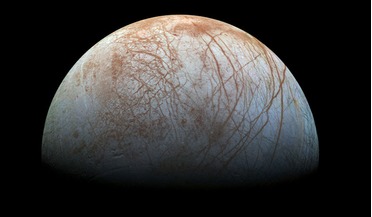 13 March 2017
Europa Clipper: the official name of NASA's mission to Europa
13 March 2017
Europa Clipper: the official name of NASA's mission to Europa
... that the solar-powered spacecraft will be put into a long, looping orbit around its parent planet Jupiter to perform around 45 flybys of its moon at altitudes ranging from 25 kilometres to 2,700 kilometres (16 miles to 1,700 miles) over...
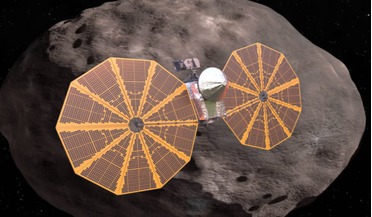 18 October 2021
NASA's Lucy mission launches, encounters problem with solar panel
18 October 2021
NASA's Lucy mission launches, encounters problem with solar panel
... enough to power Lucy throughout its entire 6.4-billion-kilometre, 12-year journey through space as it heads out to explore Jupiter’s elusive Trojan asteroids. But, in order to assure that there is enough energy to power the spacecraft throughout the...